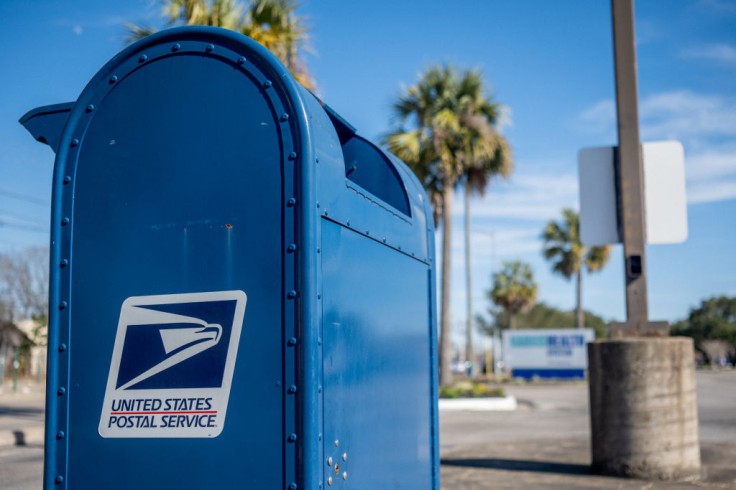
There's nothing outdated about teaching children to write thank you letters, even with the advent of Facebook, emails, or texting. When they receive gifts from family or friends, a handwritten note shows their ability to express gratitude and appreciation for that person.
Though it's an old-fashioned tradition, there's still something heartfelt about getting letters from the mail because it tells the recipient, "We're thinking of you!" or "We're thankful for you!"
Here are some do's and don'ts to remember when teaching children to write thank you letters:
1. DO make letter writing fun.
Prepare the necessary supplies and let your children pick out some craft materials, pens, stickers, or paper they would like to use. If the kids feel extra-creative, they could even learn to create personalized envelopes for the letters.
Read Also : 3 Money-Saving Tips to Enjoy Easter with Family
2. DO make this into a family project.
Immediately after the event or occasion, schedule one afternoon or night of writing thank you letters together. Pick the best night where everyone has no other work or school activities to complete.
According to Education Possible, it's more effective to instill this habit as a family activity as children will often model the behavior after their parents. It also opens the chance for family members to talk about gratitude or reflect on the people who have been generous with their gifts.
3. DO tell the kids to write a few lines about the gift.
Let the children detail how much fun they had with the present or how useful the item was to them. It will warm the heart of the giver to know that they have picked out the perfect gift.
4. DO allow for flexibility.
If one of your kids doesn't like writing but prefers to draw a picture, let them have their way. Younger kids aren't expected to muster the patience of having to write many thank you notes since they are easily distracted. However, you can use their drawings and create a thank you picture collage if they can't string five or more sentences in a letter.
According to Emily Post, children under 10 years old may need their parents to work with them in crafting the thank you letter. So, mom and dad might have to dictate what to write and check on their spelling.
5. DON'T force it.
If your kids are resisting this activity, it might not be a good idea to press on and let them write thank you letters begrudgingly. Forcing children will only teach them to hate the task.
Instead, divide the letter-writing activity into several sessions, not in one sitting. Resist the urge to polish the letter, as the kids will quickly lose interest. It could also help to give the kids rewards after they are done with a batch of letters.
According to Care.Com, there are still other ways for children to show their gratitude, such as making a phone call to the giver. Kids who are extra chatty will probably enjoy this more than writing letters. Parents, however, can revive the letter-writing activity some other time when the kids are more focused and eager.
6. DON'T let kids write thank you notes if the giver is nearby.
If the children receive a gift from the neighbors next door, then a personal "thank you" with a hug will be even better than a letter. Verbally thanking the giver face-to-face shows sincerity and thoughtfulness, which will likely delight the other person.
Related Article : 5 Tips for Gently Teaching Toddlers to Stop Hitting